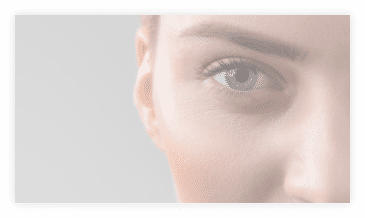
Laser skin resurfacing is a powerful non-surgical option that offers youthful, smooth, healthy-looking skin. If you’re considering the treatment, you probably have questions about the procedure, recovery, results, and whether you’re a good candidate. Here are some of the most frequently asked questions about laser skin resurfacing.
Does Laser Skin Resurfacing Work?
Laser skin resurfacing is an effective way to reduce lines, wrinkles, scarring, age spots, or other blemishes for many candidates. However, laser skin resurfacing is not for everyone. For example, those with darker skin tones are often not good candidates, as the laser treatment can lead to pigmentation changes depending on the laser utilized. Similarly, excessive skin sagging is better treated through a surgical procedure such as a facelift.
How Often Can You Do Laser Skin Resurfacing?
Some patients only require a single laser skin resurfacing treatment to reach their goal, but others may prefer to have multiple sessions to either enhance or maintain their results over time. Generally, you should wait at least four weeks between each laser skin resurfacing session to allow your skin to completely heal before treating it again but this depends on the type of laser used and depth of treatment.
Which is Better, Chemical Peel or Laser Resurfacing?
When choosing between a chemical peel and laser resurfacing, the best option will vary from patient to patient. Chemical peels and laser resurfacing are both used to treat issues like acne scars, fine lines, wrinkles, or sun damage, and both procedures work to resurface the skin. Chemical peels use chemicals to initiate the resurfacing procedure, whereas lasers use heat. Those with darker skin tones tend to be better suited to a chemical peel although pigmentation problems in darker skin complexion can occur with chemical peels and lasers alike. However, laser treatments are often more effective for texture issues like scars than chemical peels. Ultimately, Dr. Walker can recommend which procedure is best for you during your personal consultation.
How Long Does It Take to Recover from Laser Resurfacing?
After your laser resurfacing treatment, Dr. Walker will apply a dressing to the face. After about 24 hours, you will be required to cleanse the skin and apply ointment frequently according to Dr. Walker’s directions; this prevents scabs from forming and allows the skin to heal properly. Following a laser resurfacing treatment, swelling and itching or stinging can be expected during the first day or two. After a couple of days, the skin will begin to peel. With maximal peeling occurring around 3-5 days after the treatment. Healing is typically complete about 7-14 days after the treatment depending on the type of laser used and depth of treatment.
Is Laser Skin Resurfacing Permanent?
Laser skin resurfacing results are not permanent but are long-lasting. Typically, patients see their results continue to improve for a few months after their laser resurfacing treatment. These results will often last for several years, but eventually fine lines and wrinkles will re-emerge. At this point, you can have a repeat laser skin resurfacing treatment, which is often combined with other treatments such as a facelift to reduce signs of aging.
Schedule a Consultation
To learn more about laser skin resurfacing and find out if it is the best option for you, schedule a consultation with Dr. Walker. Call our Atlanta, Georgia office at (470) 900-FACE (3223) or contact us online.

